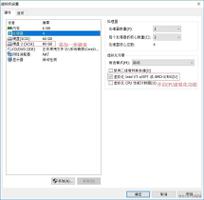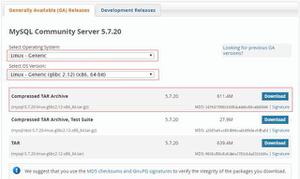CentOS7安装EFK

前言
JDK选择了1.8
EFK的版本要一直,可以从官网下载
一、安装JDK
安装完毕JDK后,配置环境变量
vi /etc/profileexport JAVA_HOME=/java/jdk1.8.0_171
export CLASSPATH=.:$JAVA_HOME/jre/lib/rt.jar:$JAVA_HOME/lib/dt.jar:$JAVA_HOME/lib/tools.jar
export PATH=$JAVA_HOME/bin:$PATH
source /etc/profile
二、安装ElasticSearsh
编辑配置文件
vim config/elasticsearch.yml修改文件节点
cluster.name: my-applicationnode.name: node-1
network.host: 0.0.0.0
http.port: 9200
root不能启动elasticsearsh:can not run elasticsearch as root
#创建用户adduser elastic
#设置密码
passwd elastic
#需要输入2次密码
#授权
chmod -R 777 /usr/local/elasticsearch-6.2.4
#切换用户
su elastic
启动时如果报错:
max file descriptors [65535] for elasticsearch process is too low, increase to at least [65536]
vi /etc/security/limits.conf内容是:
* soft nofile 65535
* hard nofile 65535
启动时如果报错:
max virtual memory areas vm.max_map_count [65530] is too low, increase to at least [262144]
vi /etc/sysctl.conf内容是:
vm.max_map_count=262144
然后执行命令:
sysctl -p启动时如果报错:
the default discovery settings are unsuitable for production use; at least one of [discovery.seed_hosts, discovery.seed_providers, cluster.initial_master_nodes] must be configured
则要在配置文件中设置:
cluster.initial_master_nodes: ["node-1"]
三、安装Kibana
修改配置文件
vi config/kibana.yml内容:
elasticsearch.url: "http://localhost:9200"server.host: "0.0.0.0"
kibana.index: ".kibana"
四、安装FileBeat
修改配置文件
vi filebeat.yml内容:
filebeat.prospectors:- type: log
enabled: true
paths:
- /var/xxx/*.log
- /var/xxx/*.out
multiline.pattern: ^[
multiline.negate: true
multiline.match: after
setup.kibana:
host: "localhost:5601"
output.elasticsearch:
hosts: ["localhost:9200"]
以上是 CentOS7安装EFK 的全部内容, 来源链接: utcz.com/z/510510.html









